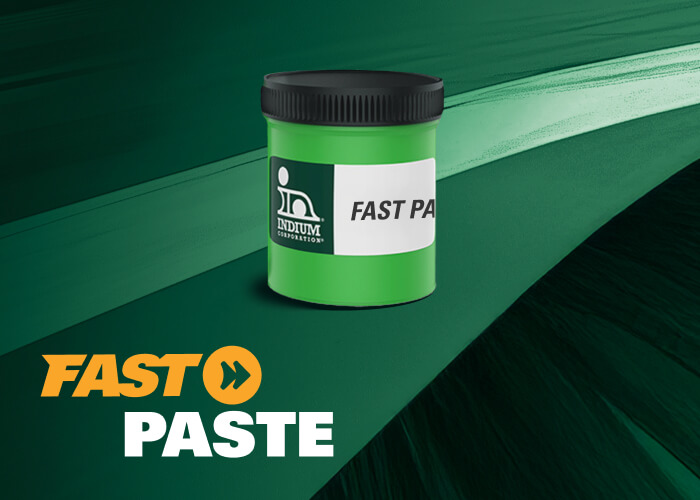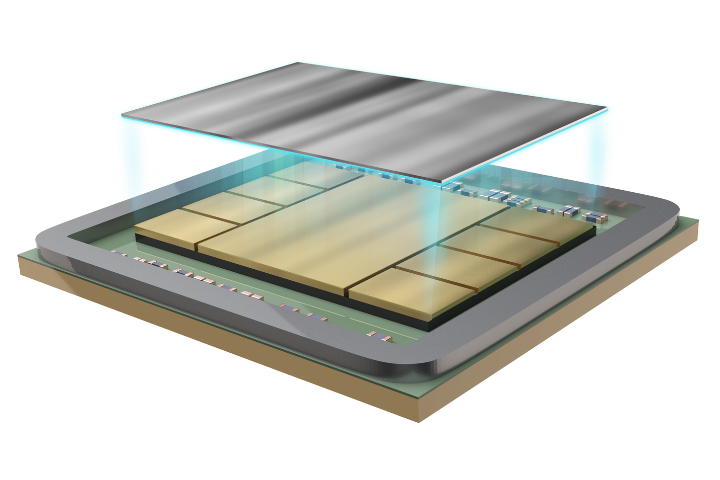Folks,
Let’s look in on Patty and Pete and see how they are handling Rex “The Torrent.”
Patty wanted to give Pete a little more exposure so she nodded to him to chime in.
“It is true that Pinnacle’s line cost only 70% of Optoplace’s line and it does have a lower ‘cost of ownership’ in that it costs less to own, but we lose our shirt because of its 6 hours per week less uptime,” Pete began.
Torant stormed in, “There ain’t no way that 6 hours a week can make up for 30% savings in cost of ownership. We must be talking about over $600,000 dollars difference in capital cost.”
Patty heard this comment and wondered why people that make poor arguments need to add bad grammar, too.
“Torant makes a good point Pete,” Madigan quickly interjected.
“Actually it is $660K in additional initial capital investment per line, plus about $40K a year in service for the higher profit potential line,” Pete responded with a smile.
“I told you so,” Torant said excitedly.
At this comment Pete put up a PowerPoint® slide that showed the resulting comparison:
Pete explained, “The average of 6 hours/week of increased uptime in our typical 3 shift operation results in the additional production of more than 22,000 units per line per year for the higher profit potential line. Each line producing on average more than $340,000 more profit.”
“But that’s not as much as the additional $660K cost of the line,” Torant countered.
“The extra capital cost is included in the calculation,” Pete calmly replied.
“Well, Torant, that’s one you lost,” Mike Madigan said in a way that indicated that discussion on this point was finished.
Torant looked temporarily defeated, but he recovered quickly. “What about the solder paste? Ultima costs $0.02/gram less than the ElectroMaterials paste,” Torant challenged.
“That’s true,” said Patty. “But we have to stir it out of the jar for it to print well, and it has poor response to pause.”
Torant wouldn’t let her finish, “But that can’t make up for two cents per gram,” he snarled.
“Not true,” Patty snapped back. “Every time the line is down for a short time we have to wipe the first print because the transfer efficiency is so poor. We lose an hour a week of production time. In addition, when we are printing a lot, the paste shear thins and we have to replace it with fresh paste. We actually pay more for the Ultima paste because we scrap so much. However, the lost time is what hurts the most financially.”
“Only one hour per week!” Torant screamed. “I spend more time than that on smoke breaks. One hour per week can’t possibly make a big difference.”
Patty rolled her eyes and then displayed another slide that showed the profit comparison.
“This slide shows that by using the Ultima paste we lose over 3,700 units of production and over $140K of profit per year per line in that 1 hour hour per week. One hour per week is 52 hours per year, let’s not forget” Patty responded.
At this, Torant slammed his fist on the table, packed up his briefcase, and literally left the room in, well…. a torrent.
Patty, Pete, Madigan, and Sam just looked at each other.
“Well, maybe we won’t have to put up with him for awhile,” Pete said smiling.
“Nice work Patty and Pete”, Madigan said. “Let’s develop an implementation plan phasing everything in you recommended as soon as is practical.”
Patty was always surprised when Madigan showed a little warmth by calling her and Pete by their first names.
“Sure thing, Mike,” she answered. It was the first time she ever called him by his given name.
“Oh, and I guess it was a good thing we didn’t get around to discussing solder preforms,” Patty teased. “The ones Torant sells have too much flux and they gum up the pick & place nozzles.”
With that comment, they all chuckled and took it as a key that the meeting was over.
Cheers,
Dr. Ron





